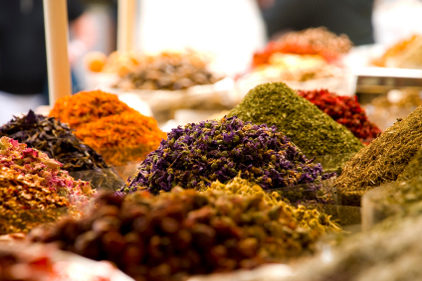Starch derivative is a growing industry, and with technological advancements taking place, new products are being launched on a regular basis. The various stakeholders in the industry are the raw material suppliers, processors, and the product manufacturers. Starch derivatives are applied in food & beverages, feed, and non-food applications like, pharmaceutical, cosmetics, paper making, bioethanol, and other industrial applications.
The food and beverage application is the major driver of the starch derivatives market, because of the rising demand for convenience food, notes the report published by MarketsandMarkets.
Glucose syrup has a vast span of applications in many industries, like, feed, paper, cosmetics, pharmaceutical, and maximum in the food & beverage industry. It is used as a texturing agent, volume adding agent, flavor enhancer, and prevents sugar from crystallizing in drinks. Glucose syrup provides a mouthfeel and structure to food with energy and sweetness. It is vital for food products because it provides freeze-thaw stability to the food products.
Asia-Pacific holds the largest market share in the global starch derivatives market, by geography, and is also estimated to achieve the highest growth rate. The market of starch derivatives in the Asia-Pacific region is growing because of the two major emerging economies of China and India. These countries are the most populated countries in the world. In the APAC region, they are the driving agents for the growth of the food & application of starch derivatives.
The food and beverage sector holds the largest share in the world in starch derivatives applications. Food and beverages are used at different stages of a single product, to perform different functions. Most of them are used as sweeteners, where the starch derivative holds the sugar in the beverage and does not allow it to crystallize. The consumption of starch derivatives has increased over the years and will continue the upward trend because of the special characteristics and usage that both food and beverages possess.
